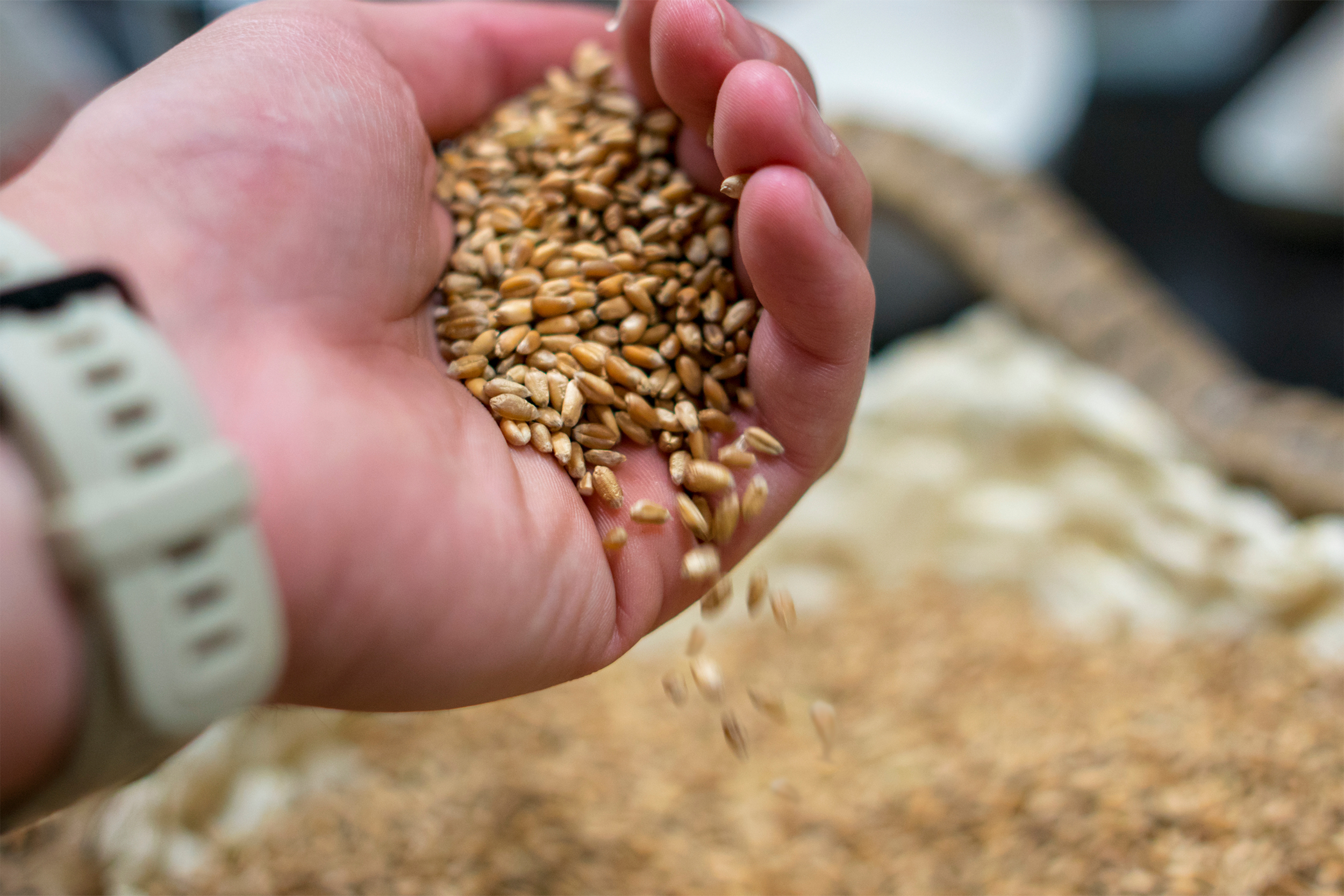Grain prices hit lowest point since early stages of Covid-19

As of mid-February 2024, the average price of Russian wheat dropped to $218 to 224 per ton FOB, the lowest level since September 2020, as bearish moods keep dominating the market, SovEcon, an international consultancy, reported.
Russian wheat has mainly been following the downward dynamics of the global market, stemming from waning demand. The average export price of French wheat with an 11% protein content, for instance, has recently reached $224 per ton FOB, $21 lower than in the early days of the year, SovEcon reported.
During the past 12 months, the global grain market witnessed a 25% slump in prices of Russian wheat, 32% for French and 24% for the US, the Russian Grain Union estimated.
Dmitry Rylko, general director of the Institute for Agricultural Market Studies IKAR, a Moscow-based consultancy, stated that times of such a profound drop in prices, like in the last few weeks, usually are accompanied by a lack of new contracts. So far, there are no prerequisites for the bearish trend to reverse, Rylko told local publication Agroinvestor.
No discount for Russian exports
Since January 2024, Russian grain exporters have managed to get rid of a discount, at which they had to offer their products to some foreign customers to sign new contracts. The discount, primarily attributed to political and logistics risks of dealing with Russian supplies, has been weighing on the export operations since early 2022, according to the Russian Grain Union.
In addition, the Russian government reportedly has lowered the minimum export prices. In the previous months, some Russian grain exporters have complained about difficulties in winning tenders for the wheat supply in North Africa, due to state regulation of export prices.
Problems on the pipeline
Russian grain exporters will face certain problems due to the recent slump in global prices, Vladimir Petrichenko, CEO of ProZerno, a Moscow-based analytical company, told Agroinvestor.
“Domestic prices tend to decline, but not as fast as those on the world market. This means that exporters will face challenges in purchasing grain to fulfil their contracts. You also need to keep in mind that at the beginning of February, they [Russian exporters] had large reserves of relatively expensive compared to the world price grain,” Petrichenko noted.
According to Petrichenko, this fact could also add pressure on the business of Russian grain exporters.











